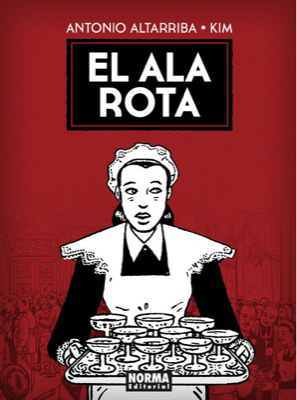

It also includes interviews with authors and teaching suggestions for working with 13 different graphic novels in the classroom from the period 1931-1982, including El arte de volar and El ala rota by Antonio Altarriba, Jamás tendré 20 años by Jaime Martín, Los surcos del azar by Paco Roca and Paracuellos by Carlos Giménez.Īs Fernández de Arriba explained, despite the prejudices traditionally associated with comics, the genre has many strengths for transmitting knowledge and, concretely, to handle historical memory. The book speaks of the unique features of comic book language, reviews the history of the genre and relates it to the revival and conservation of historical memory. The work is the outcome of the joint work of David Fernández de Arriba, Gerardo Vilches, Pepe Gálvez and Elena Masarach. La memòria històrica a l’aula a través del còmic ( Memory and Comic Strips: Historic memory in the classroom through comics), which analyses the period between the Second Republic and the Spanish Transition using some of the most relevant graphic novels from recent years. Fernández de Arriba is the coordinator of the book Memòria i vinyetes. El còmic com a eina de memòria ( Memory and comic strips: Comics as a tool for memory) was given by David Fernández de Arriba, professor of social sciences, and Enric Garriga, president of Amical Mauthausen. In the setting of COLOR Week, this Friday the online chat Memòria i vinyetes.


 0 kommentar(er)
0 kommentar(er)
